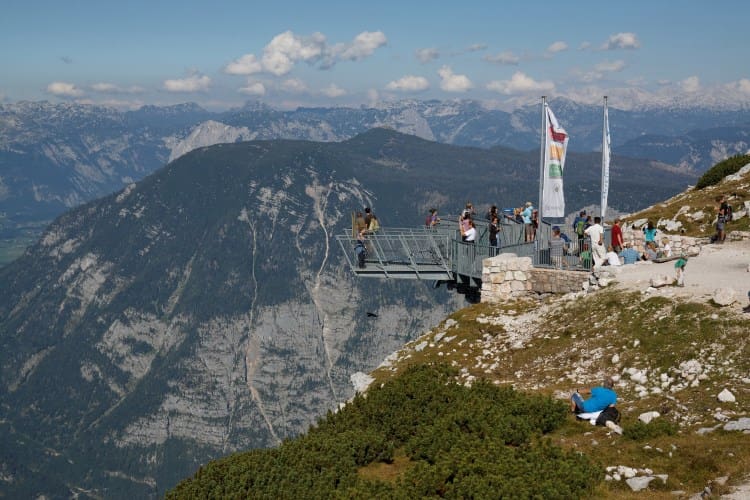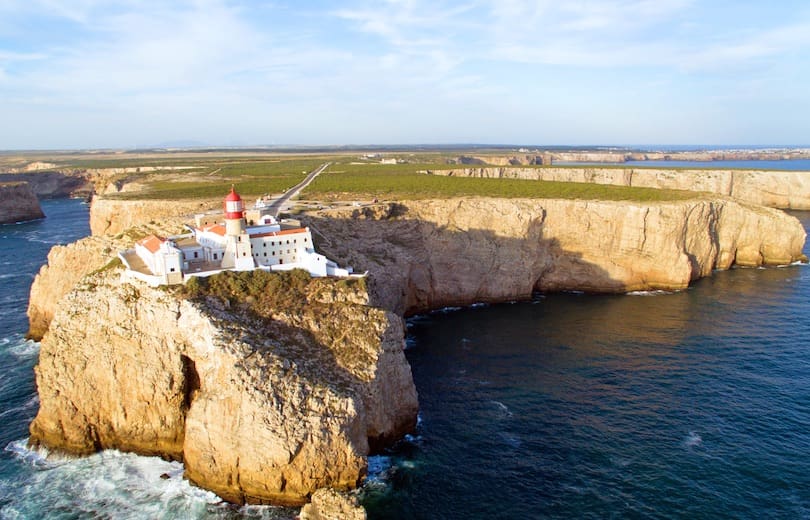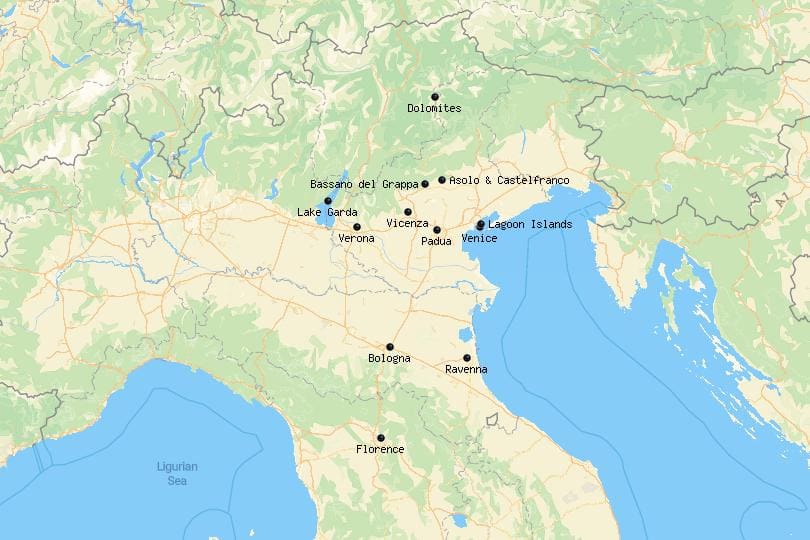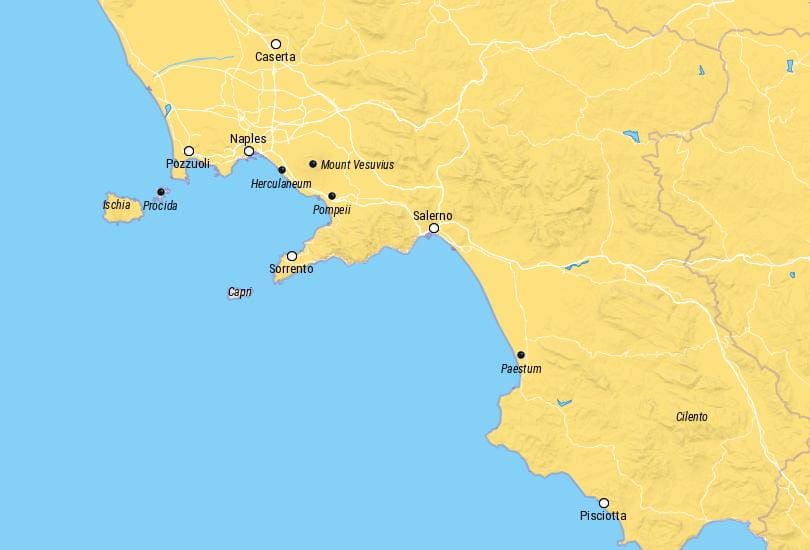Sharavathi Wildlife Sanctuary is a protected area located in the state of Karnataka in India. It covers an area of around 431 square kilometers and is home to a wide variety of flora and fauna. The sanctuary is situated in the Western Ghats and is surrounded by the Sharavathi River on three sides, which gives it a unique and picturesque landscape. In this guide, we will cover everything you need to know about visiting the Sharavathi Wildlife Sanctuary.
Flora and Fauna
The Sharavathi Wildlife Sanctuary is home to a diverse range of flora and fauna. The sanctuary is primarily covered in dense evergreen and semi-evergreen forests, which are home to a variety of tree species such as rosewood, teak, sandalwood, and bamboo. The sanctuary is also home to a variety of wildlife such as the Indian elephant, tiger, leopard, wild dog, sambar deer, barking deer, and spotted deer. The sanctuary is also known for its rich birdlife and is home to around 200 bird species such as the Malabar pied hornbill, Indian pitta, and the crested serpent eagle.
Things to Do
- Wildlife Safari – The best way to explore the sanctuary is through a wildlife safari. Visitors can take a jeep or bus safari through the sanctuary to see the wildlife and enjoy the natural beauty of the region.
- Trekking – The sanctuary offers several trekking trails that take visitors through the dense forests and scenic hills of the Western Ghats. The most popular trek is the trail that leads to the Jog Falls, which is the second-highest waterfall in India.
- Camping – Visitors can also camp in the sanctuary in designated camping sites. Camping in the sanctuary is a great way to experience the natural beauty of the region and connect with nature.
- Bird Watching – The sanctuary is a birdwatcher’s paradise, and visitors can spend hours spotting the various bird species that call the sanctuary home.
How to Reach
The Sharavathi Wildlife Sanctuary is located around 400 km from Bangalore and is easily accessible by road. The nearest airport is the Mangalore International Airport, which is around 130 km from the sanctuary. The nearest railway station is the Talaguppa Railway Station, which is around 10 km from the sanctuary.
Tips for Visitors
- Wear comfortable clothing and sturdy shoes for trekking and safari.
- Carry sufficient water and snacks for the trip.
- Do not disturb the wildlife and follow the rules and regulations of the sanctuary.
- Carry insect repellent and sunscreen to protect against insect bites and sunburn.
FAQs
Q. Is there an entry fee for the sanctuary? A. Yes, visitors need to pay an entry fee to enter the sanctuary.
Q. Is it safe to visit the sanctuary? A. Yes, the sanctuary is safe to visit. However, visitors need to follow the rules and regulations of the sanctuary and avoid venturing into restricted areas.
Q. Can we stay inside the sanctuary? A. Yes, visitors can stay inside the sanctuary in designated camping sites.
Conclusion
The Sharavathi Wildlife Sanctuary is a must-visit for nature lovers and wildlife enthusiasts. The sanctuary offers a unique opportunity to explore the natural beauty of the Western Ghats and witness the diverse flora and fauna that call the region home. Visitors can enjoy a wildlife safari, trekking, camping, and birdwatching while in the sanctuary, making it an ideal destination for a nature-filled getaway.














I do believe all of the ideas you have offered on your post. They’re really convincing and can definitely work. Nonetheless, the posts are too brief for newbies. Could you please extend them a little from subsequent time? Thanks for the post.
Really superb info can be found on web blog.
I’m often to running a blog and i really appreciate your content. The article has actually peaks my interest. I’m going to bookmark your site and maintain checking for brand spanking new information.
Loving the information on this internet site, you have done outstanding job on the blog posts.